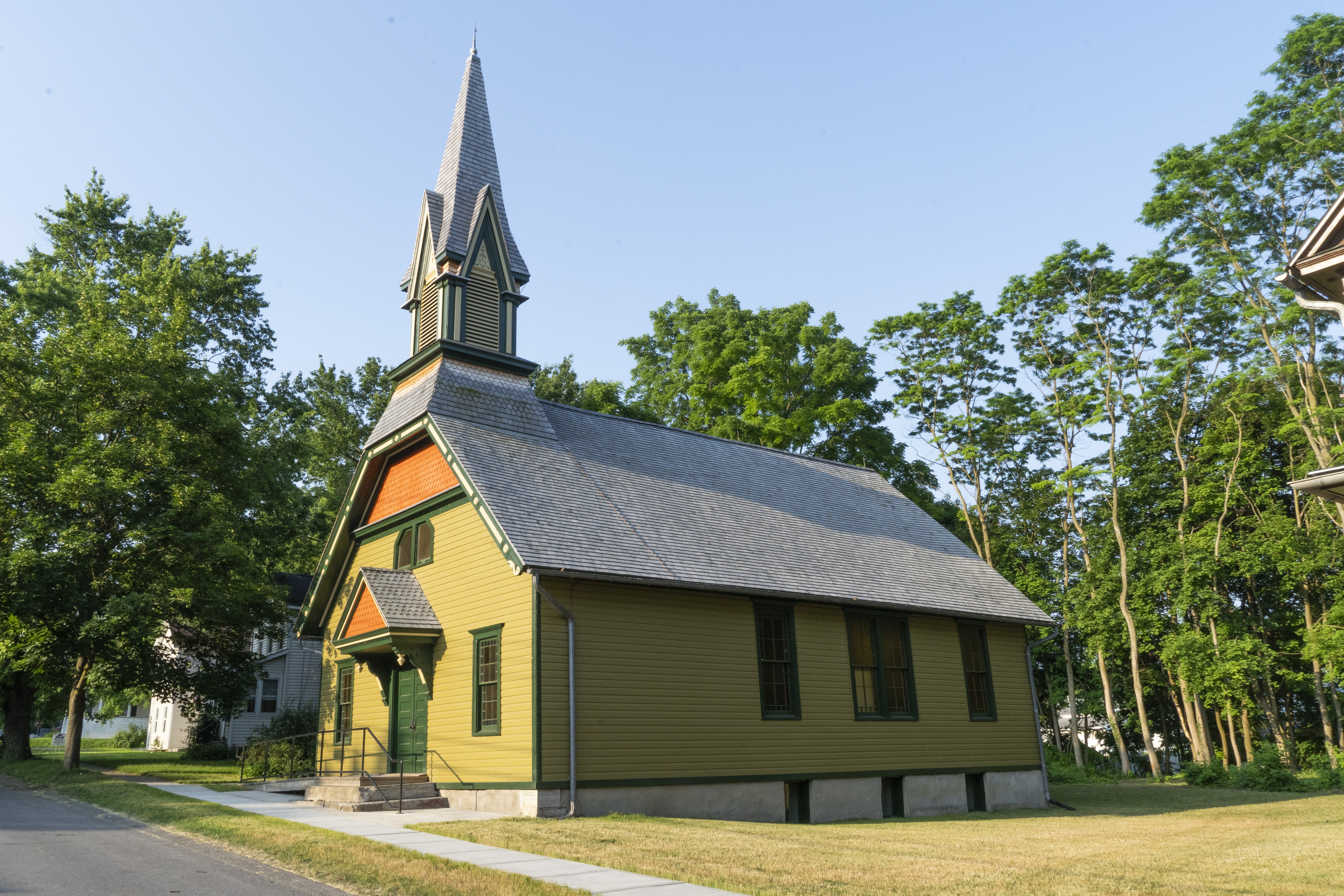Harriet Tubman National Historical Park
Harriet Tubman was guided by a deep faith and devotion to family, freedom, and community. After emancipating herself and members of her family, she moved them from Ontario, Canada to Fleming and Auburn, New York in 1859. Central New York was a center for progressive thought, abolition, and women’s suffrage where Tubman continued to fight for human rights and dignity until she died in 1913.
Map showing location of park.

Harriet Tubman NHP to Co-Host Harriet Tubman Day Ceremony
The public is invited to commemorate Harriet Tubman Day on March 10 at noon in the Thompson Memorial A.M.E. Zion Church on Parker Street in Auburn, part of Harriet Tubman National Historical Park. The event marks Tubman's approximate birthday in 1822 and will be held in the same sanctuary where her funeral took place in 1913.
Photo by NPS
Photo by NPS Photo
Photo by NPS Photo
Photo by NPS Photo
Photo by National Museum of African American History and Culture, Smithsonian Institution